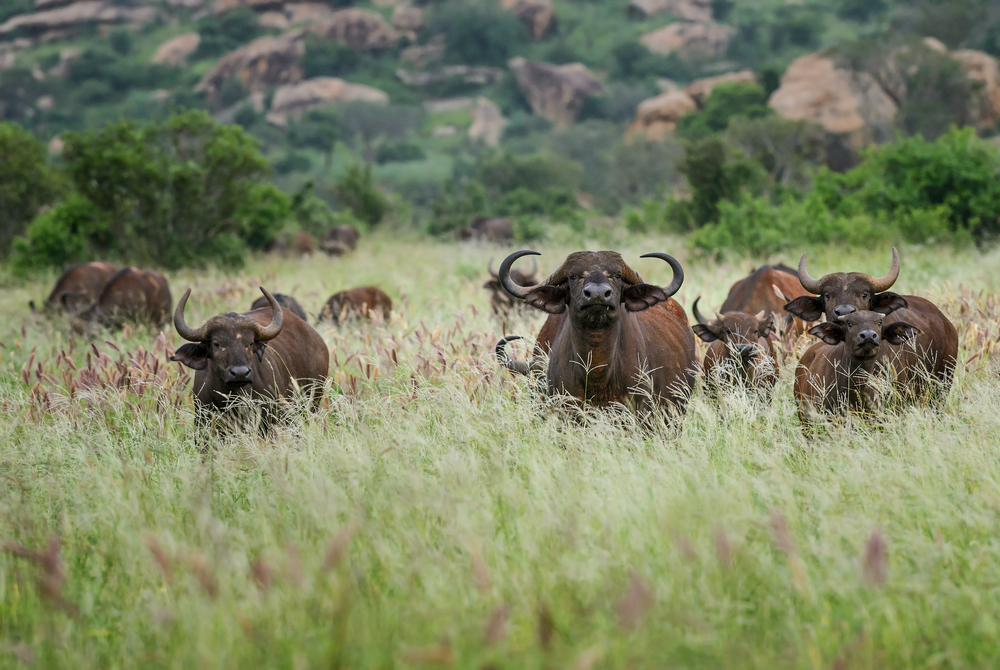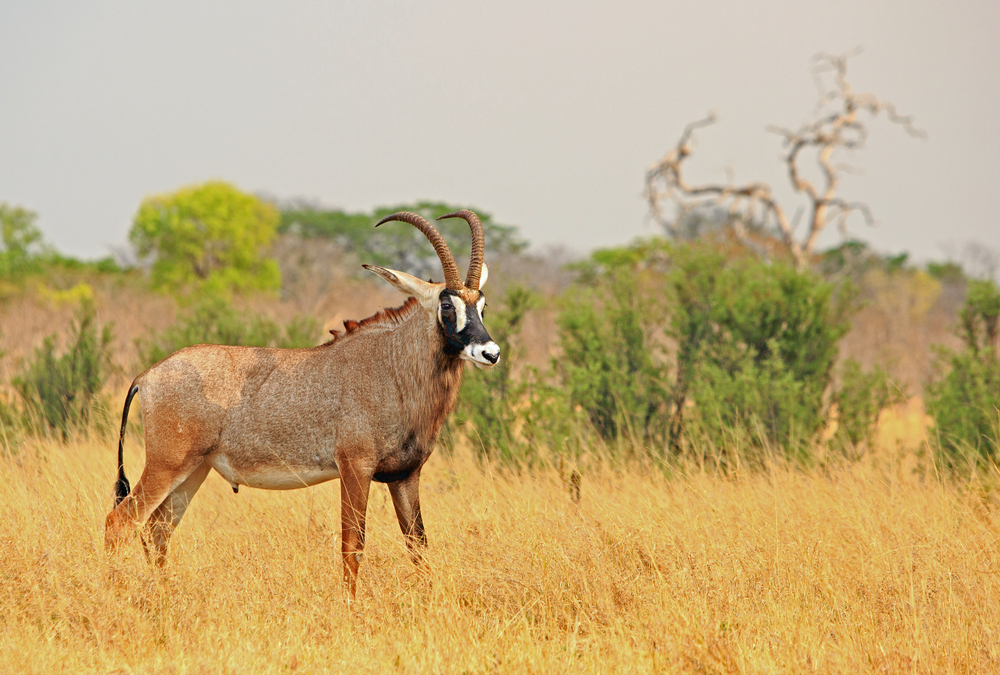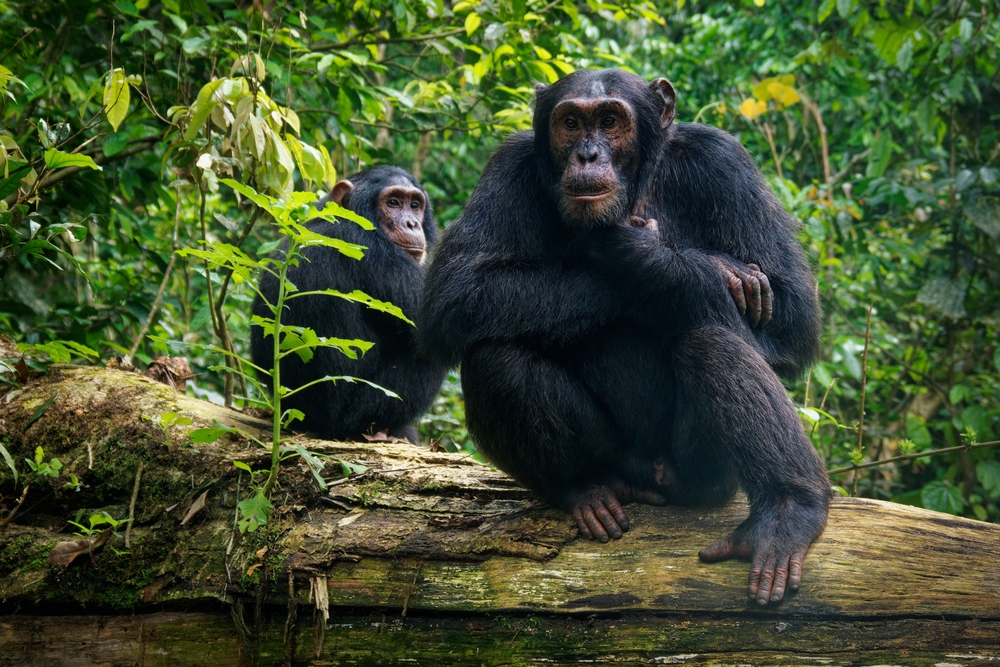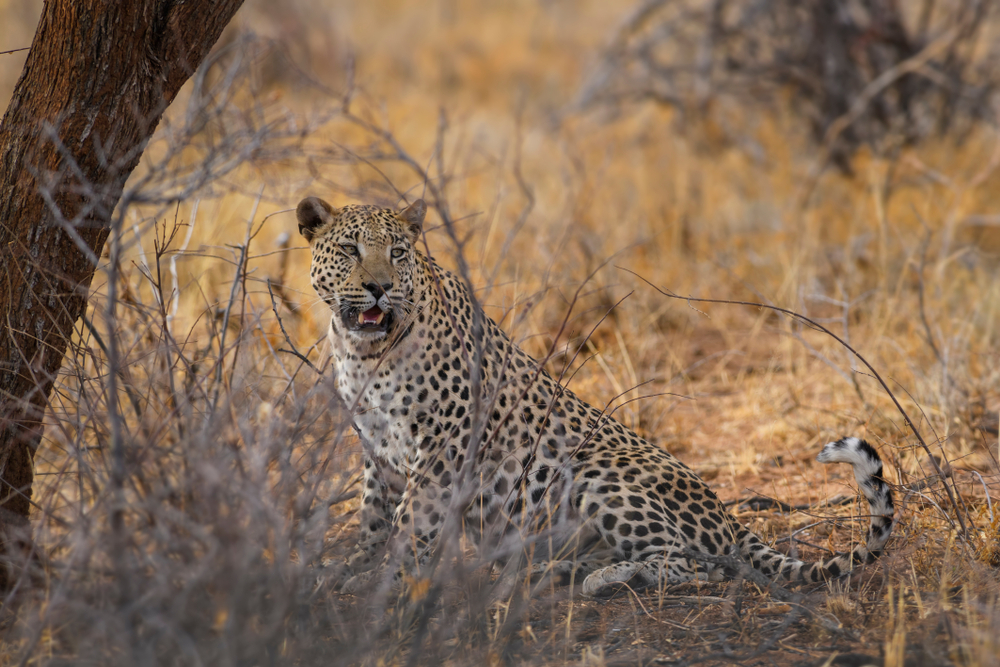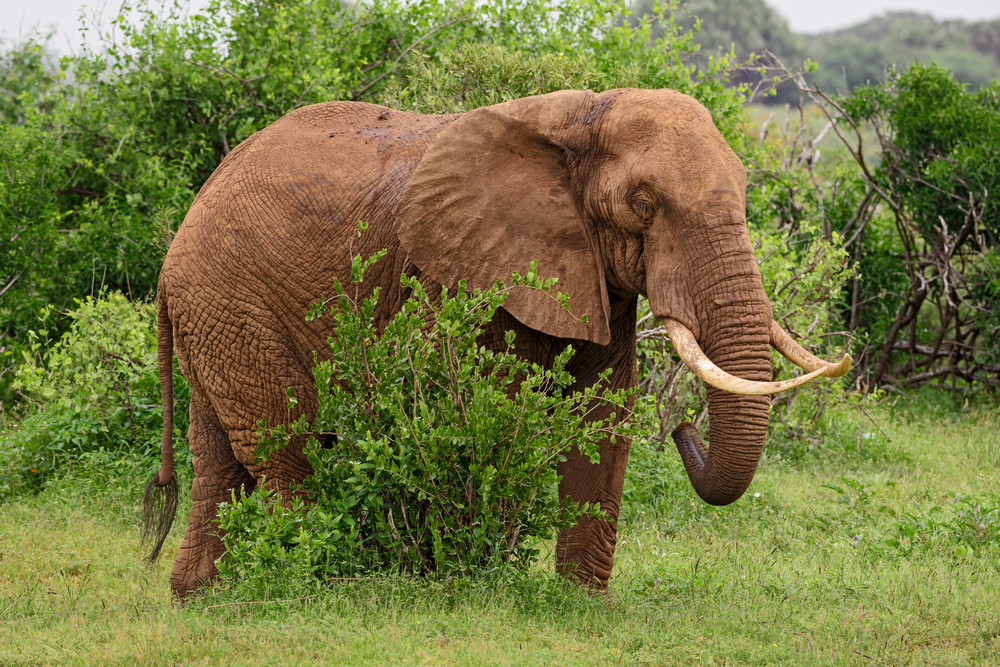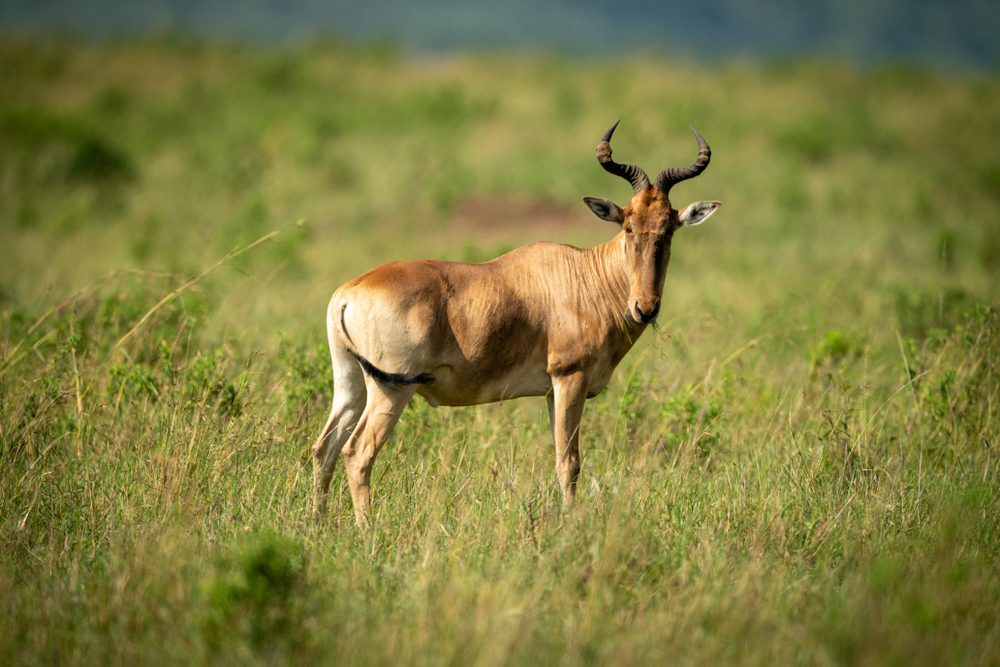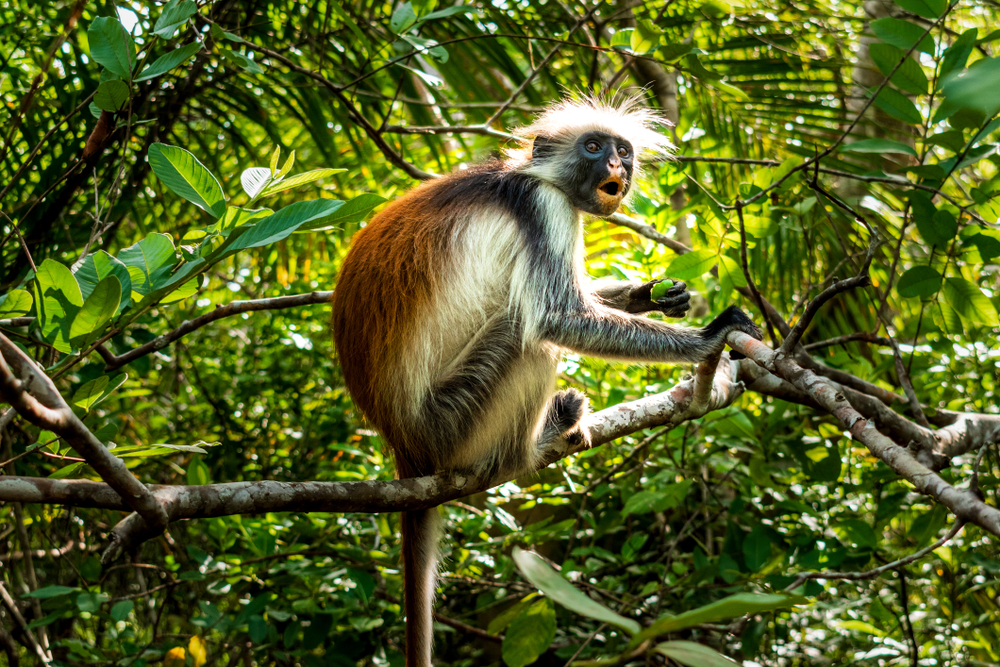Old Oyo Overview
Old Oyo National Park, located in Oyo State, Nigeria, is a historically significant and ecologically rich protected area. Covering approximately 2,512 square kilometers (970 square miles), the park was established in 1991 to conserve its unique blend of cultural heritage and natural biodiversity. The park is named after the ancient Oyo Empire, one of West Africa’s most powerful kingdoms, whose ruins can still be explored within its boundaries. Locally referred to as “Igbeti Park” by nearby communities, Old Oyo National Park is a vital conservation area and a growing destination for eco-tourism and cultural exploration.
The terrain of Old Oyo National Park is characterized by a mix of savanna woodlands, open grasslands, rocky outcrops, and riparian forests along its rivers and streams. The Ogun and Tessi rivers are prominent water bodies that traverse the park, creating habitats for aquatic species and supporting terrestrial wildlife. The landscape also features scattered hills and caves, adding a rugged charm to its scenic vistas. Seasonal rainfall sustains the park’s diverse vegetation, including drought-resistant trees like acacias, baobabs, and a variety of grasses.
The park is home to an impressive array of wildlife, making it a haven for nature enthusiasts. Large mammals such as buffalo, antelope, and warthogs roam the grasslands, while smaller animals like baboons and patas monkeys are commonly sighted. The park also supports elusive predators such as leopards and hyenas, though sightings are rare. The rivers are inhabited by crocodiles and fish, which are vital to the ecosystem. Birdlife is abundant, with over 300 recorded species, including African grey hornbills, kingfishers, and weaverbirds, making it a rewarding destination for birdwatchers.
Old Oyo National Park offers visitors a range of activities to explore its natural beauty and cultural history. Guided safaris and game drives provide opportunities to observe wildlife in their natural habitats. The park’s cultural attractions include the ruins of the Oyo Empire, such as the ancient earthworks, defensive walls, and relics of the Alaafin’s palace, which offer insights into the region’s rich history. Hiking trails and nature walks allow visitors to explore the rocky hills, caves, and riparian forests. The rivers provide opportunities for fishing and serene picnics along their banks.
Despite its significance, Old Oyo National Park faces challenges such as poaching, habitat degradation, and agricultural encroachment. Limited funding and infrastructure also hinder effective management and tourism development. However, conservation efforts led by the Nigeria National Park Service aim to address these issues. Anti-poaching patrols, habitat restoration programs, and community-based initiatives have been implemented to protect the park’s resources and foster sustainable tourism. Awareness campaigns and partnerships with local communities are crucial in ensuring the park’s long-term sustainability.
Old Oyo National Park is a unique blend of natural beauty and cultural heritage. Its diverse landscapes, rich biodiversity, and historical significance make it a must-visit destination for eco-tourists, historians, and researchers. Preserving this park is essential for conserving Nigeria’s natural and cultural legacy for future generations.








































































